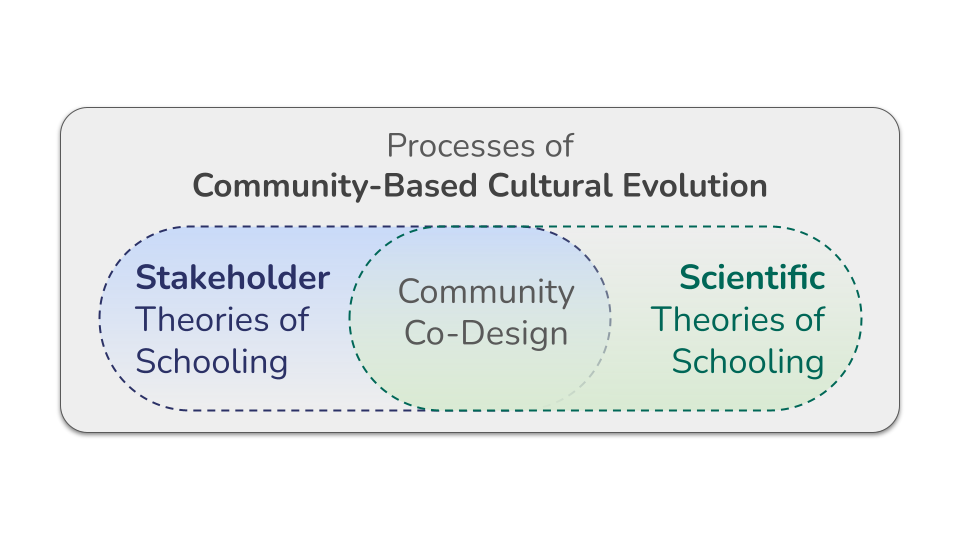To mark the 112th Annual Meeting of the German Zoological Society in Jena, the Institute for Zoology and Evolutionary Research of Friedrich Schiller University
Subject Area: ESD
The Community Science Lab at the Max Planck Institute for Evolutionary Anthropology is developing a unique model of Community-Based Cultural Evolution (CBCE) for inter-institutional
Using an analogy of epi-genetic expression in relation to the cultural genome of the school curriculum, educators and school stakeholders (including students) may explore
Students often do not have access to interdisciplinary scientific perspectives on the origins, diversity, and flexibility of human moral reasoning
Develop a lower secondary school training program on deeper and more interdisciplinary perspectives in moral psychology
Evolutionary Anthropology in the Primary School – a pre-service primary teacher module
Develop a middle grades training program on foundations in moral psychology
Humans across cultures and from early in childhood display a diversity of often strong moral beleifs and related actions in the world. Understanding the
The core self-study module for entering the Prosocial Youth ecosystem of ideas and resources.







